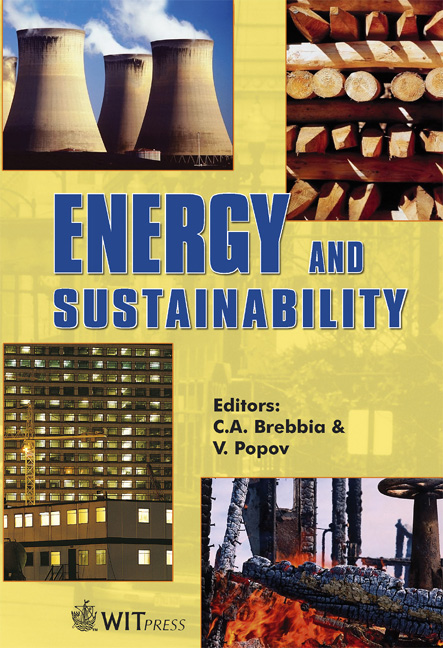Energy Saving Analysis Of Double Roofs Incorporating A Radiant Barrier System
Price
Free (open access)
Transaction
Volume
105
Pages
8
Published
2007
Size
419 kb
Paper DOI
10.2495/ESUS070261
Copyright
WIT Press
Author(s)
H.-H. Wu & C.-M. Lai
Abstract
A double roof is known as a very effective way to reduce both the conduction and convection heat transfer from a roof to the ceiling of a building; on the other hand, RBS (Radiant Barrier System) is very effective in blocking the radiation heat transfer between a roof and a ceiling. In this study, prototypical double roofs inspired by the concepts of both double-skin structure and the RBS technique were specifically designed to cut down the solar heat gain from the roof. The effect of energy saving was experimentally measured. Keywords: double roof, RBS (Radiant Barrier System), heat gain. 1 Introduction In Taiwan, electricity consumption by buildings or related properties takes 27% of the total national electricity consumption, and is the most important energy consumption besides industrial electricity consumption. It is a primary task of the national energy-saving program to decrease building energy consumption under the premier of not influencing the lifeline of Taiwan industry and the economy. Building electricity consumption can divide into three sectors: lighting, conditioning and dynamic power. As the changes of the seasons, energy demand, and building scale, there will be some difference in the proportion of those three sectors. In summer, energy consumption of the building conditioning sector may reach up to 28%. According to the statistics offered by Taiwan Power, conditioning energy consumption has increased from 4293MW in 1990 to 7518MW in 2000, with an average increase of 323MW annually, that is to say, with an increasing rate of 7.5% annually. Therefore, the
Keywords
double roof, RBS (Radiant Barrier System), heat gain.





